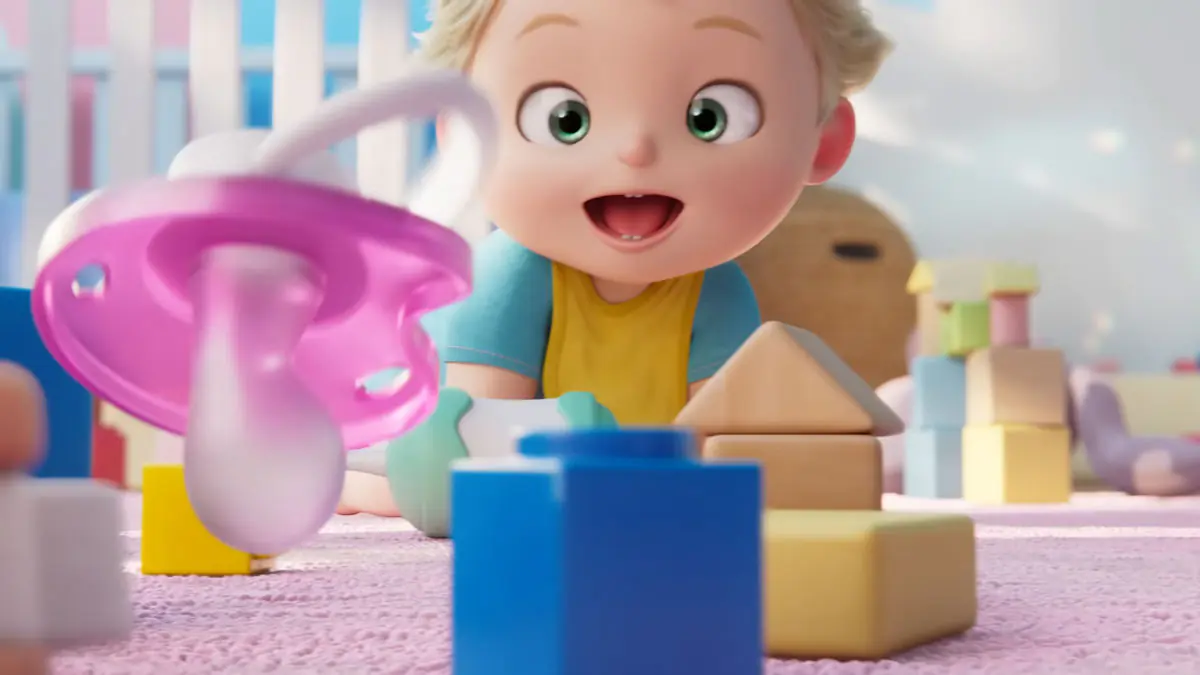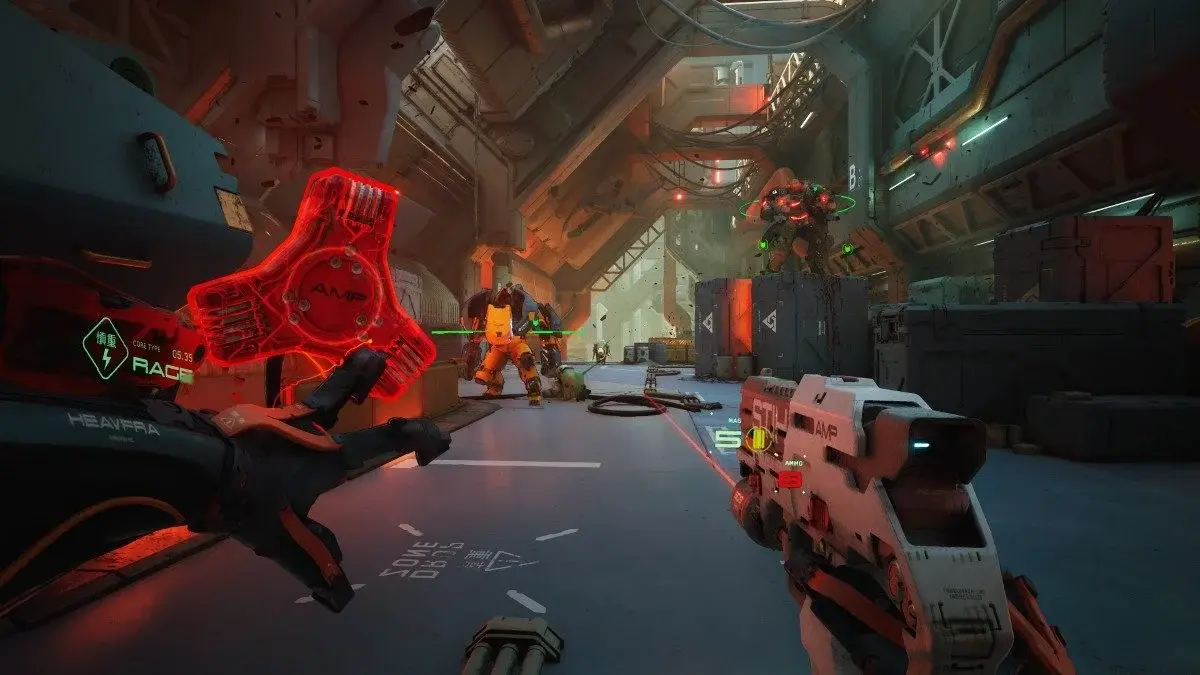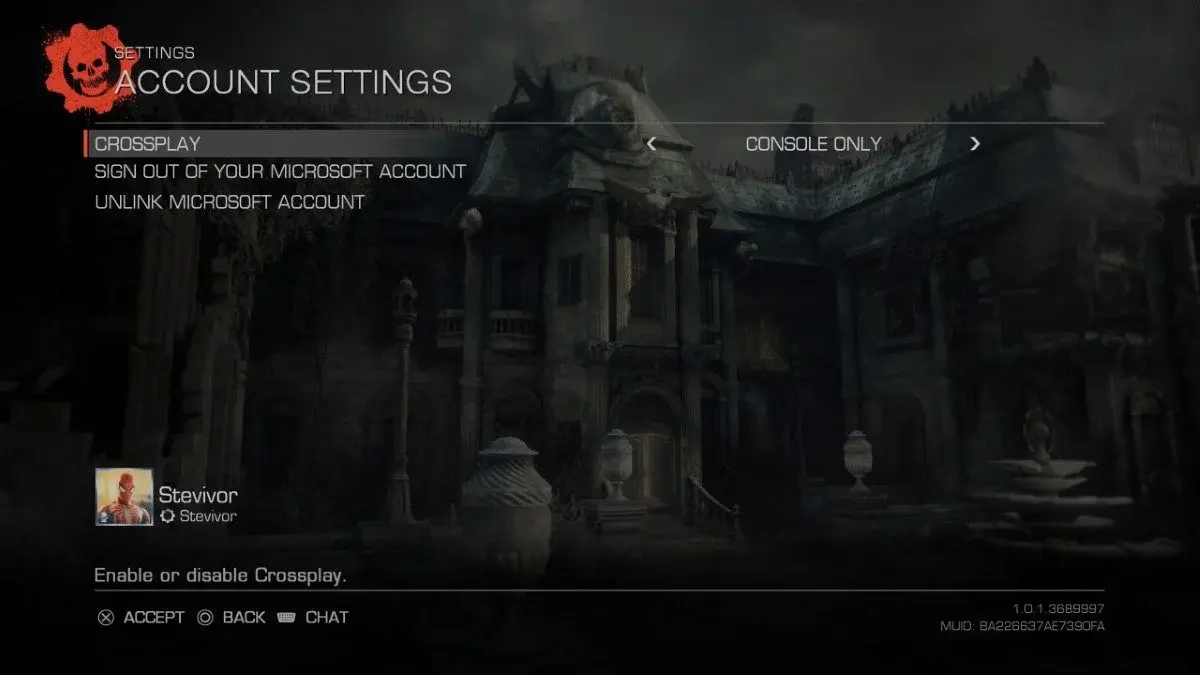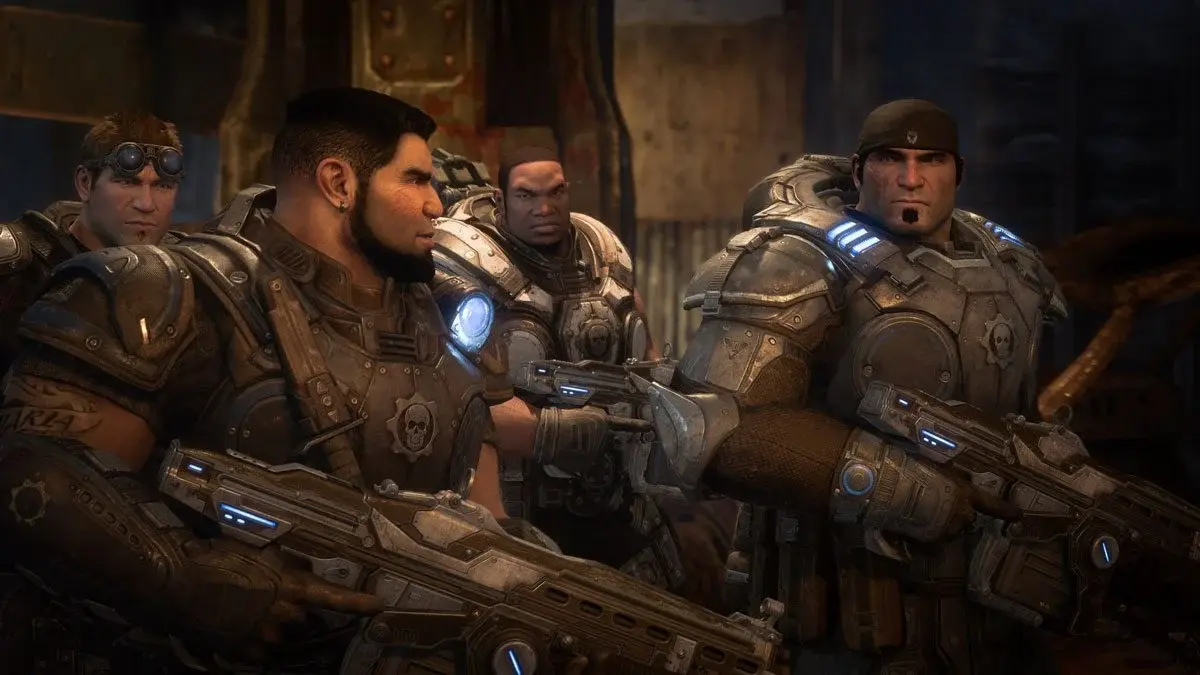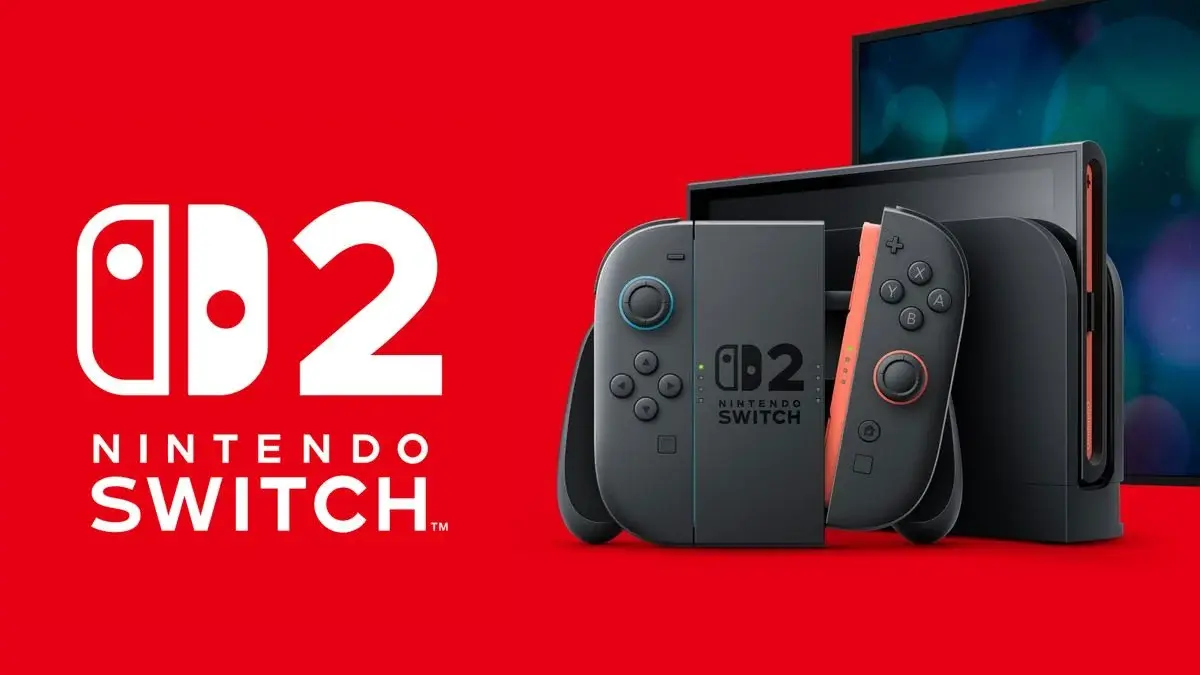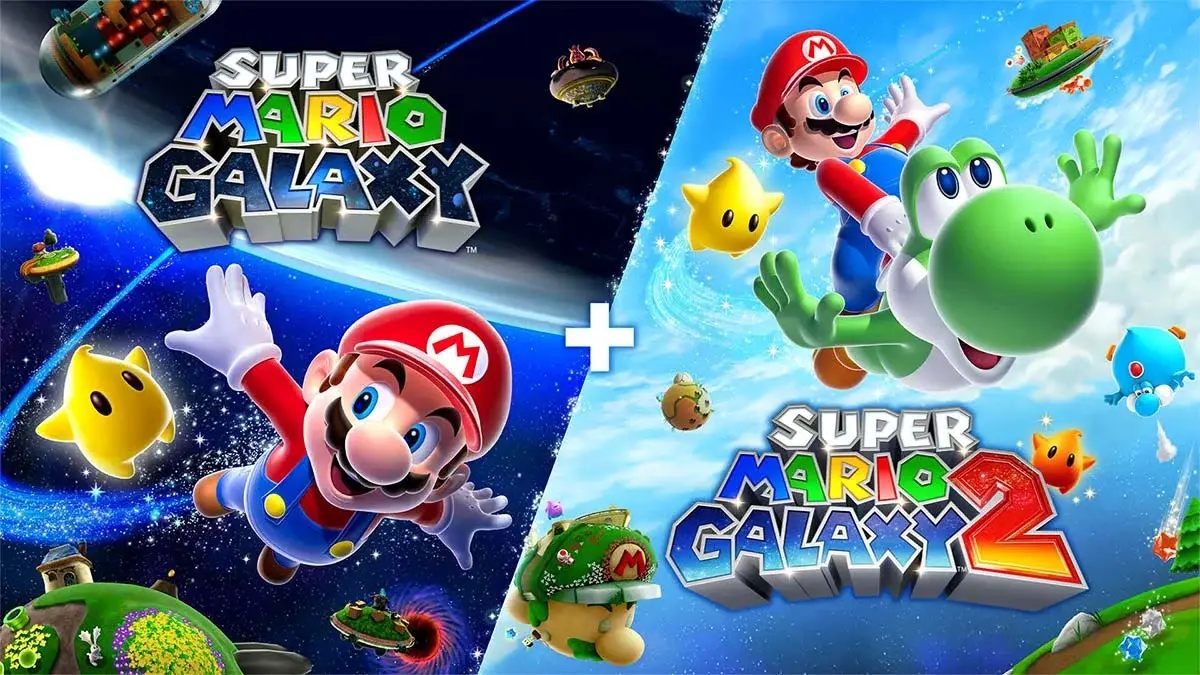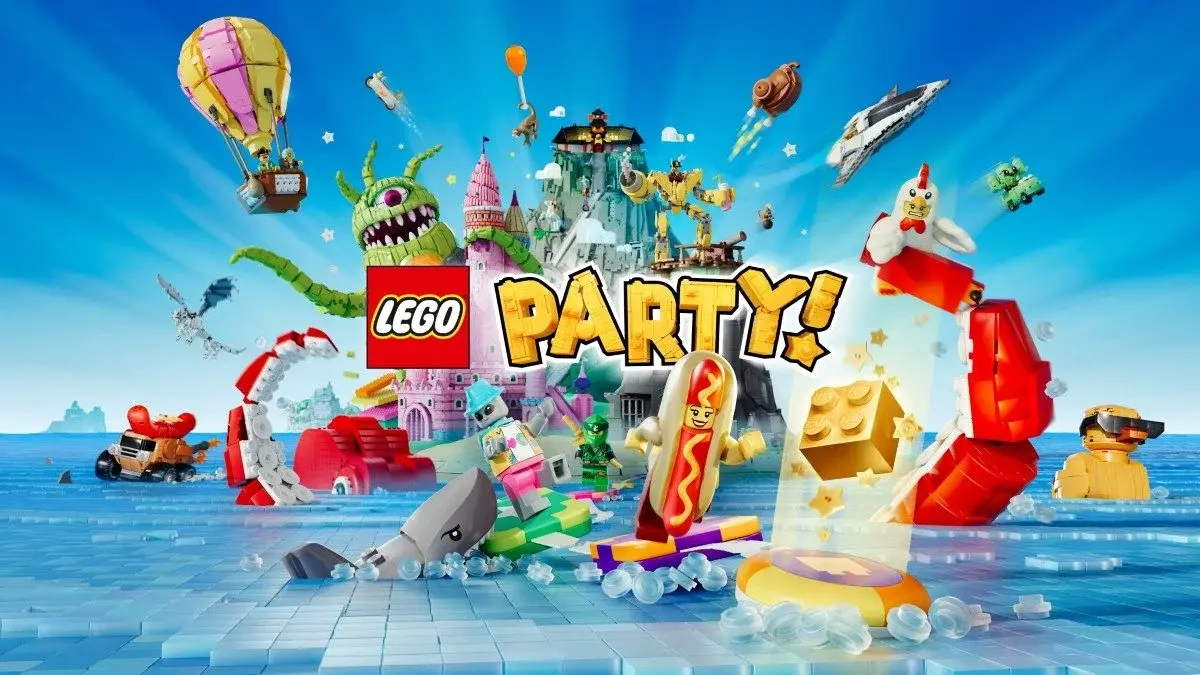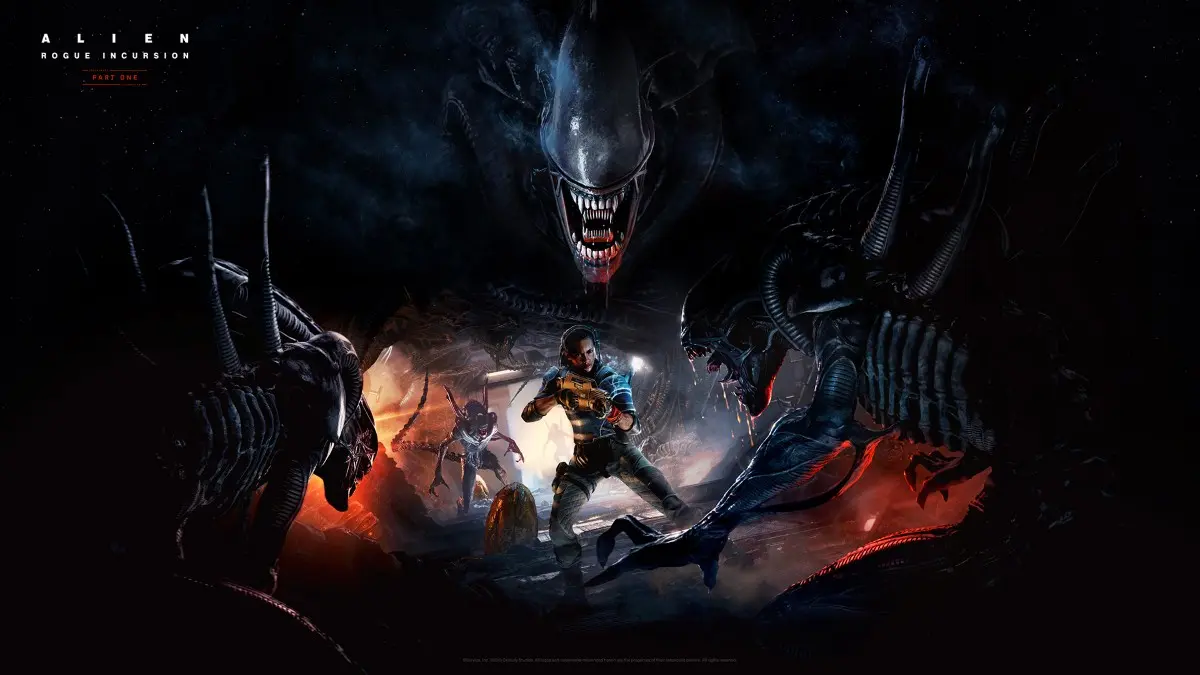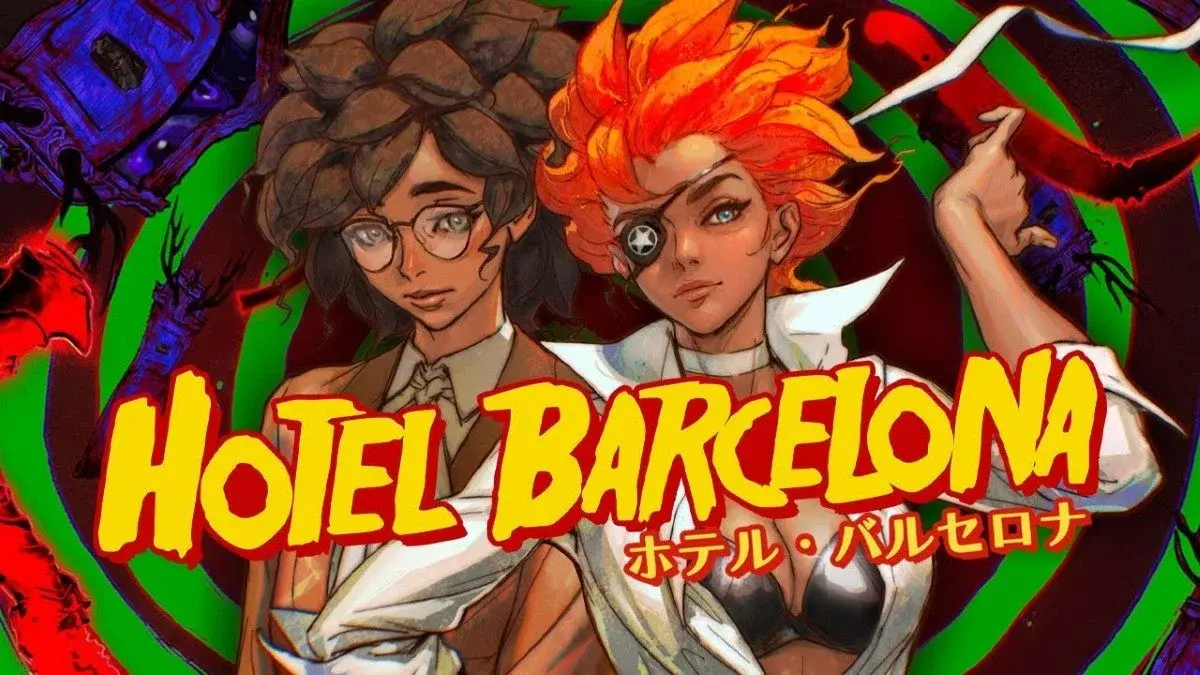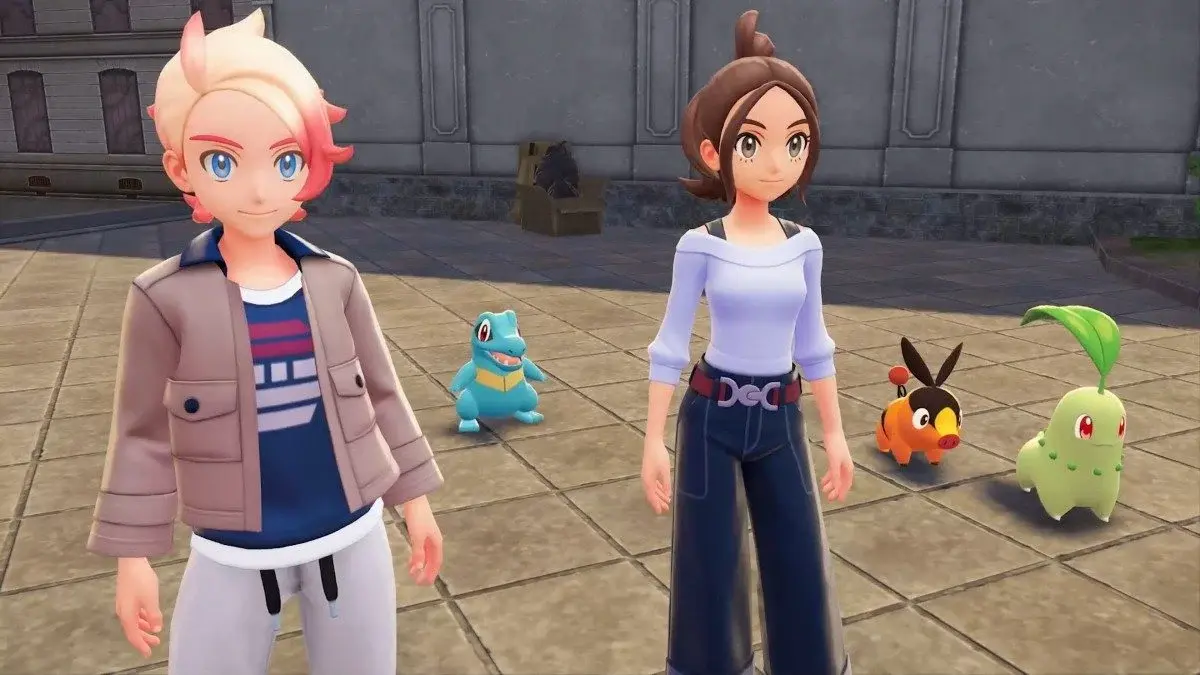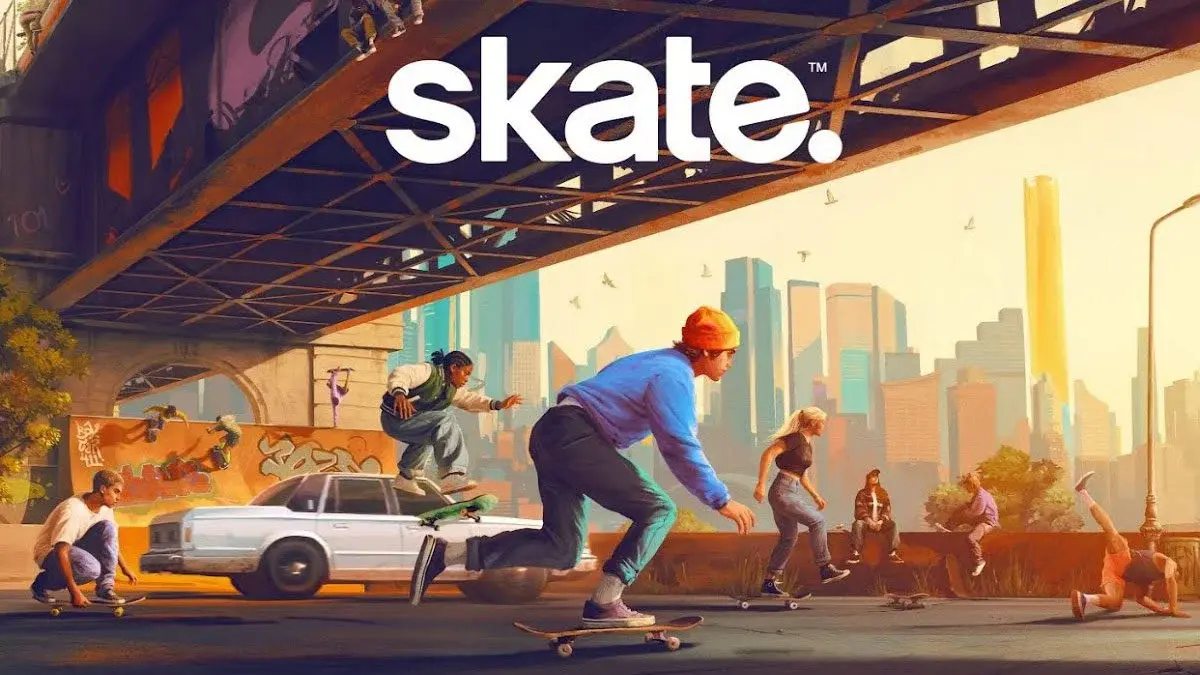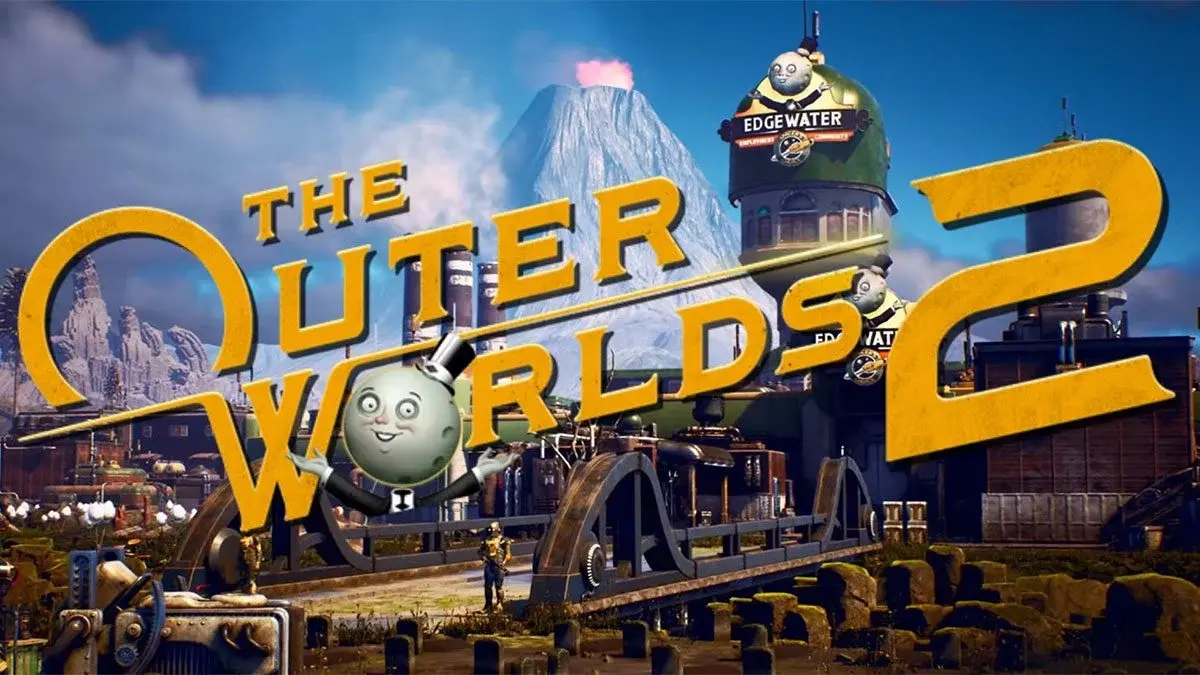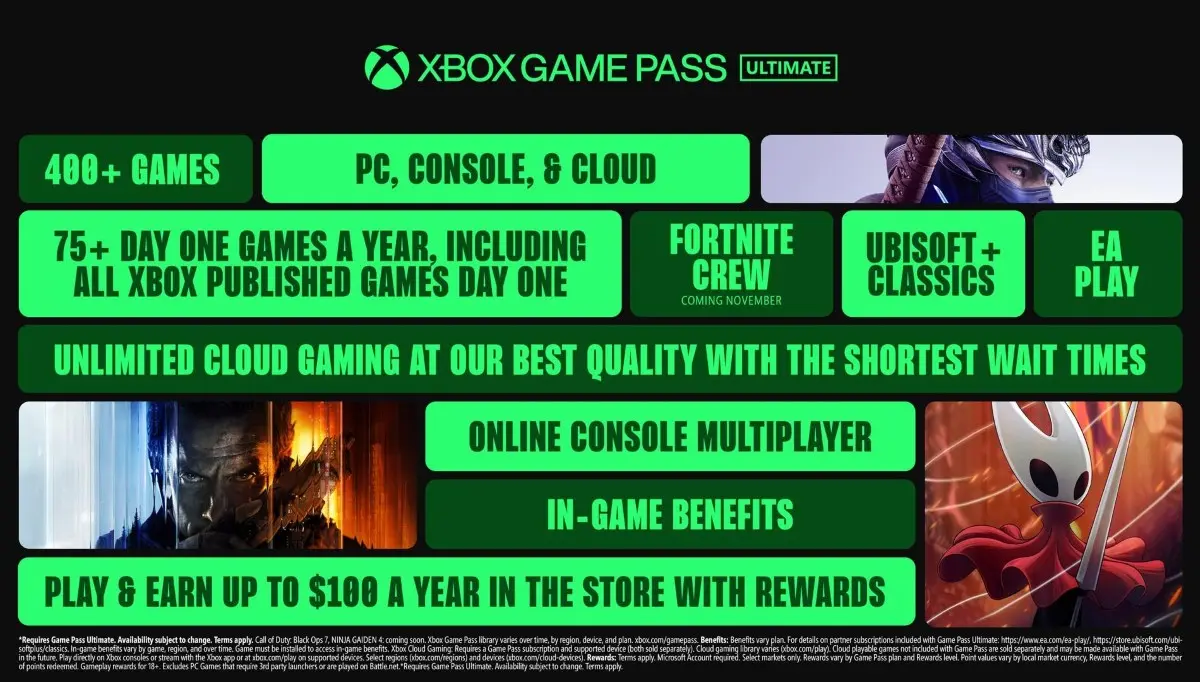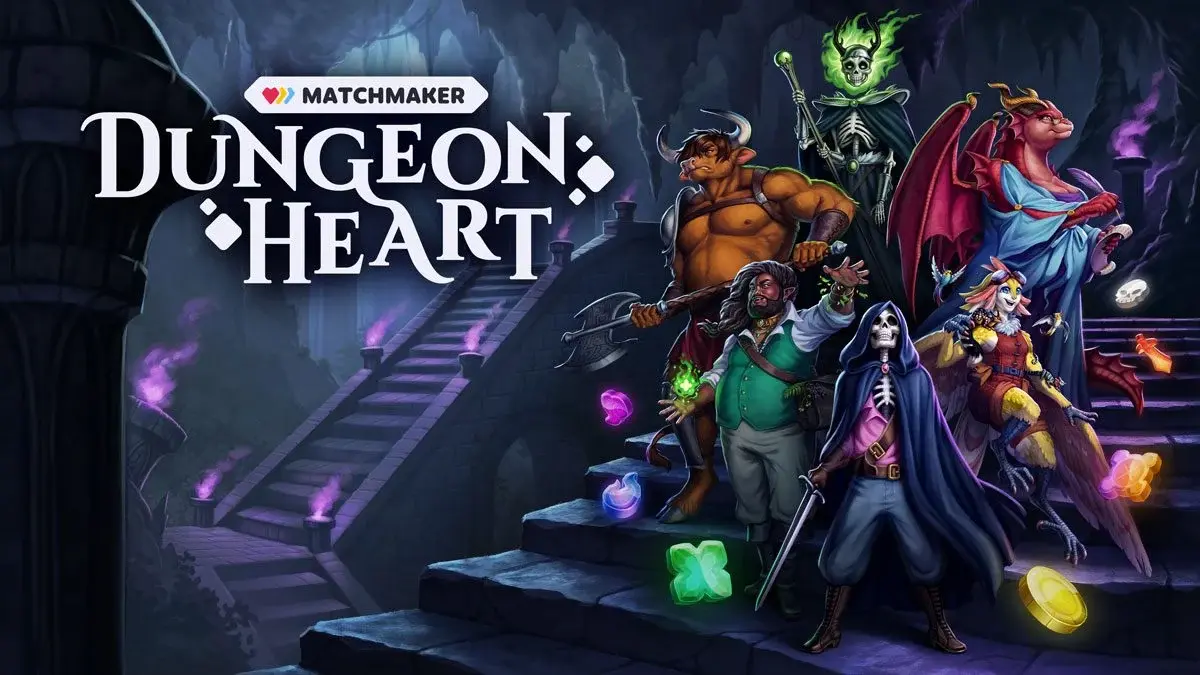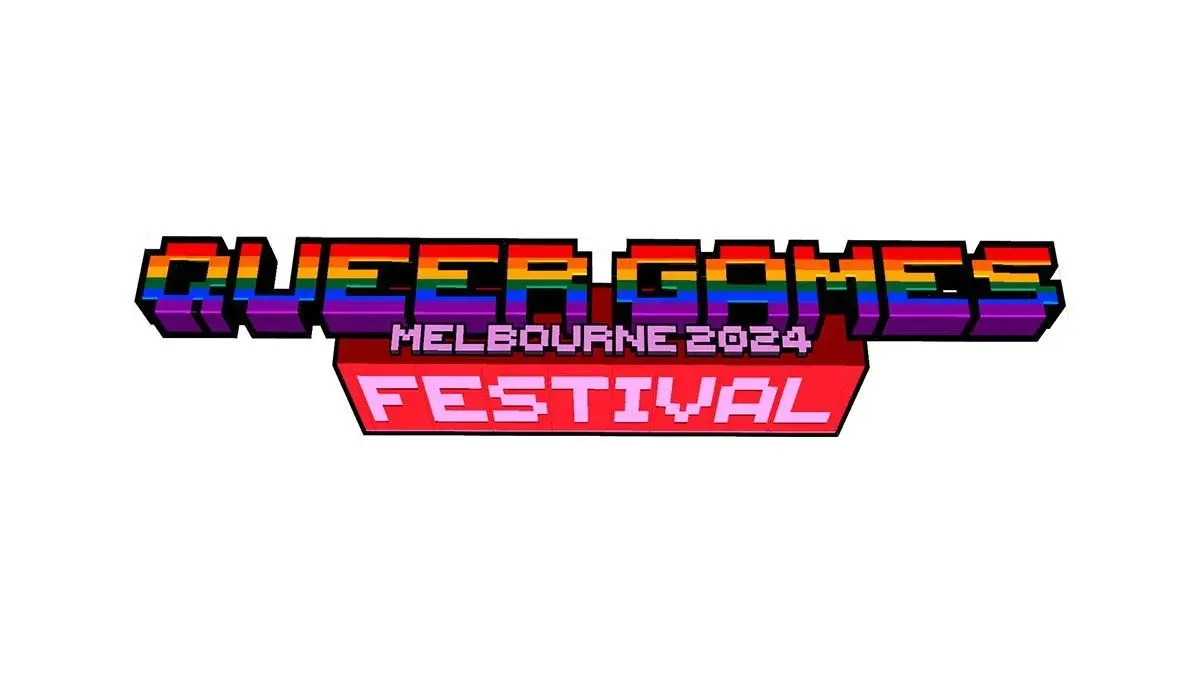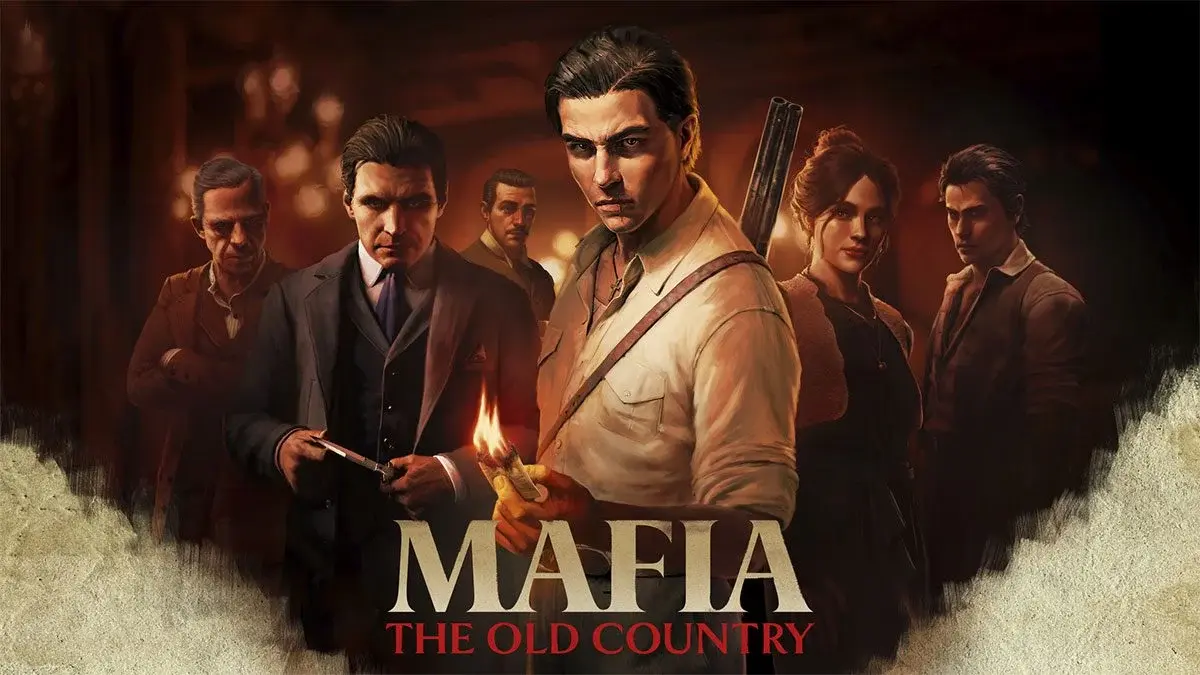Too safe for its own good.
Ahhh, Sicily. Rolling hills, rich wines, and the dry heat of the scirocco tumble together to form a slice of Mediterranean paradise. It’s both the birthplace of the Casa Nostra, the Sicilian Mafia, and home to one of the world’s most famous active volcanoes – Etna. It’s here that the protagonist of Mafia The Old Country, Enzo, finds himself – in Valle Dorata.
Literally the valley of gold, or golden valley I suppose, Valle Dorata is a little slice of Sicilian paradise. Ancient ruins, splendid vistas and vibrant towns dot the coastal region – with Etna always looming overhead.
Immaculate vibes
This setting, and the visuals in general, is undoubtedly the The Old Country’s greatest strength. Built on Unreal Engine 5, its developers have made spectacular use of its capabilities to produce a beautiful and detailed world full of stunning eye-catches wherever you look.
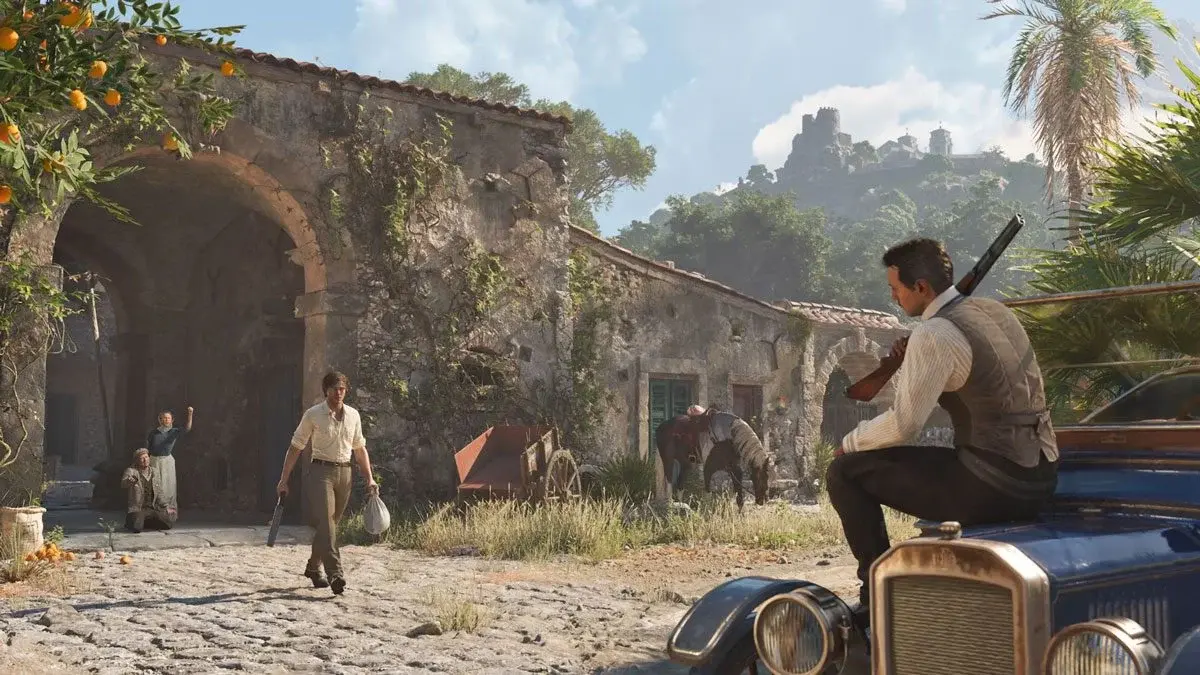
While it’s still clearly a UE5 game, Mafia: The Old Country is far from the generic slop that’s so often trotted out using the engine. Characters faces are exceedingly well mapped and rendered in cutscenes, lending to the rich feel of a true mafia movie. While hair remains a little janky, the world and its characters have been lovingly crafted to place you firmly in turn of the century Italy.
Performance was solid too – only a very minimal amount of tweaking was required to have the game running silky smooth at 2k resolution, with a very stable framerate 95% of the time. In later chapters, where things were perhaps a bit less optimised, there was the occasional blip, but nothing to derail the experience.
The only time things regularly struggled was when the game would transition out of a cutscene. Here, objects would occasionally load their textures slowly as the world struggled to break out of the pre-rendered action. Small framerates staggers here were common, but not frequent enough to detract from things as a whole.
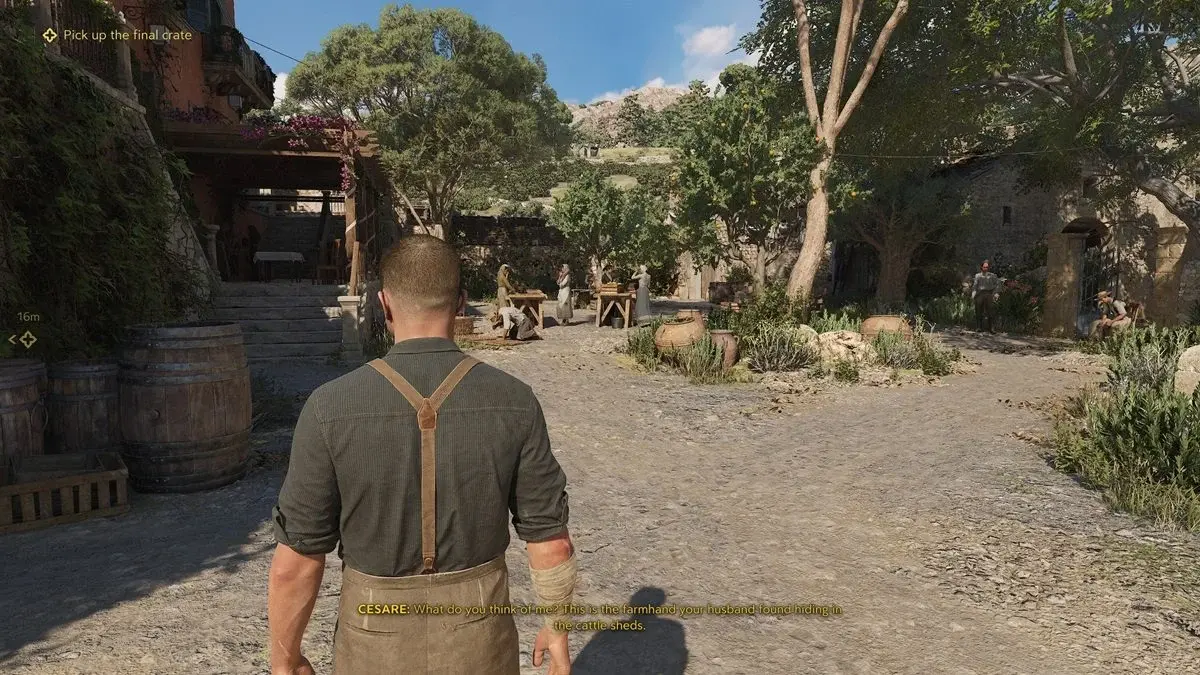
Knife to a gunfight
While the world of 1900s Sicily is a beauty to behold, that’s sadly the only real strength of Mafia The Old Country. Things begin to go downhill quite quickly once the broader gameplay enters the fray. Take combat as an example; broadly speaking, you’ll be interacting with enemies in two main ways: either via open combat with guns taking the forefront, or via extended stealth sections.
The gunplay is, in a word, frustrating. Enzo isn’t a shooter, but rather just a mine boy. This means that it takes some time for him to gain accuracy when aiming at incoming mafioso, and even then, you still may miss thanks to a variety of other factors.
There’s some strong aim assist available to help compensate for this, but that’s often more frustrating and can see your aim dragged around as enemies flank across each other. Strangely enough this means the easiest way to consistently hit shots is to not really aim at all – just tap the left trigger long enough to leave cover and then fire. While this isn’t particularly fun, enjoyable, or rewarding, it at least lets you dispatch foes without exposing yourself to danger.
Before things get to all-out gun fights though, you’ll often be forced into the far overused stealth sections. Almost every main mission begins with a stealth section, in which Enzo creeps from cover to cover and removes any obstacles in his way towards the given objective. These sections are dull. Occasional jaunts into stealthy activities can be a welcome change of pace in a game such as this, but they’re far overused and chock full of quick time events in place of real gameplay.
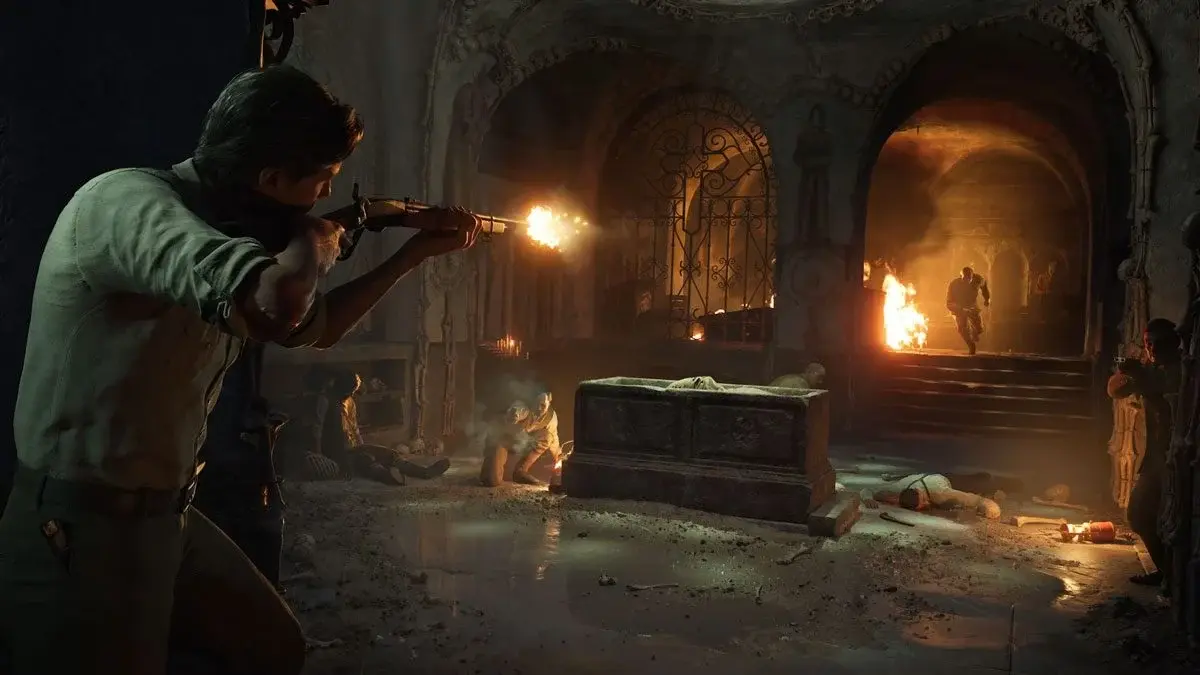
Perhaps the most insulting part of these though is that your efforts to maintain stealth are entirely futile. It doesn’t matter how thorough you are hiding bodies or evading guards on the way to your objective, because every. Single. Time. The mission will always go loud when you’ve reached the objective. There’s literally no benefit to playing these all too frequent stealth sections well, because the plot demands otherwise.
The third core pillar of combat in The Old Country is its knife fights. Touted as a major gameplay feature, these mano e mano brawls see you facing off against the Villain Of The Moment in a kind of honour duel.
The fights themselves have pretty basic controls – you’re given a dodge and a parry, along with a thrust, a slash, and a guard-breaking power hit to get through a block-happy foe. Success comes from smart usage of all of these tools, as relying on spamming attacks doesn’t get you very far.
Each fight is loosely broken up into 3 stages, based around the health of the boss and the health of the player. If you take too much damage, or if you’re hurting the boss a lot, Enzo will get caught in a momentary scuffle where verbal jabs are traded in place of physical ones. After this you’ll have regained some health and you’ll be free to fight again.
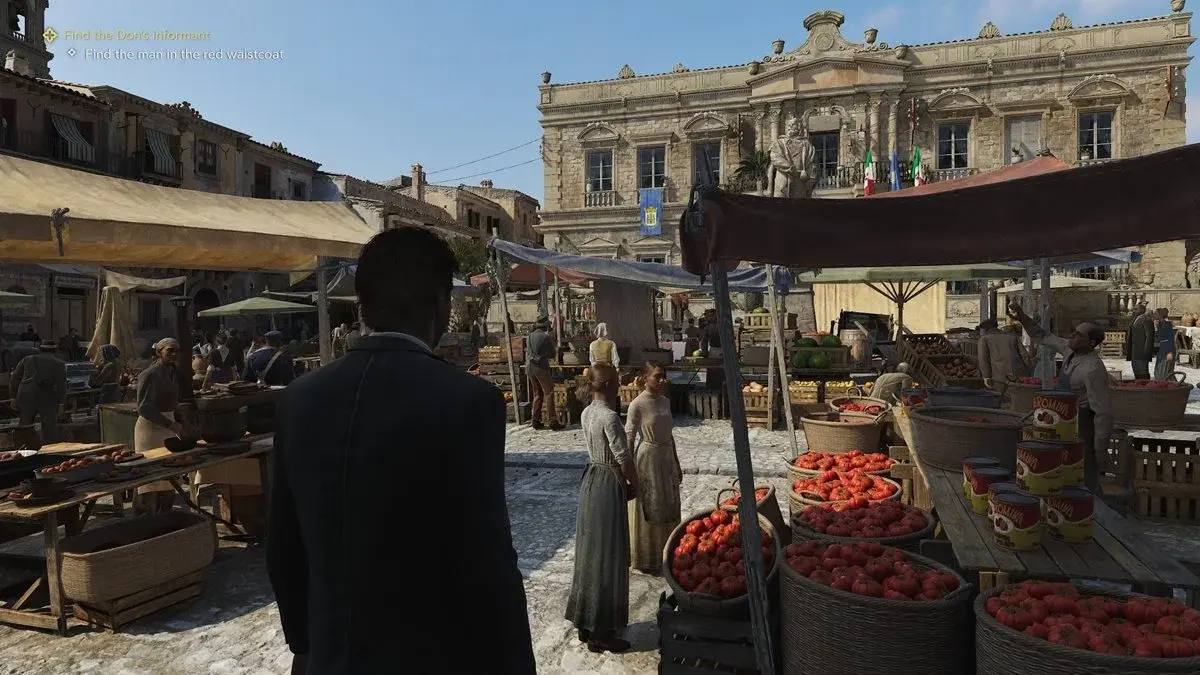
The first and perhaps most problematic issue with this major gameplay feature is that the fights themselves just aren’t fun. All of the bosses feel the same, whether they’re your literal arch-nemesis or just some random dude who strolled into a factory. There’s no personality or gameplay flair between these different fights – they just all feel the same.
The next issue is that they’re severely overused. There are just too many of these knife fights – most chapters end with one – and they’re just too heavily scripted. Each fight is broken up into those QTE-powered sections, and once you realise just how linear they all are you disconnect from them rather fast.
Worst of all though, is that they’re often pointless. More than once, your foe either escapes or overpowers you in a post-fight cutscene, requiring you to be saved. That’s a frankly baffling design decision – removing agency from the player and discarding any benefit to mastering your combat system.
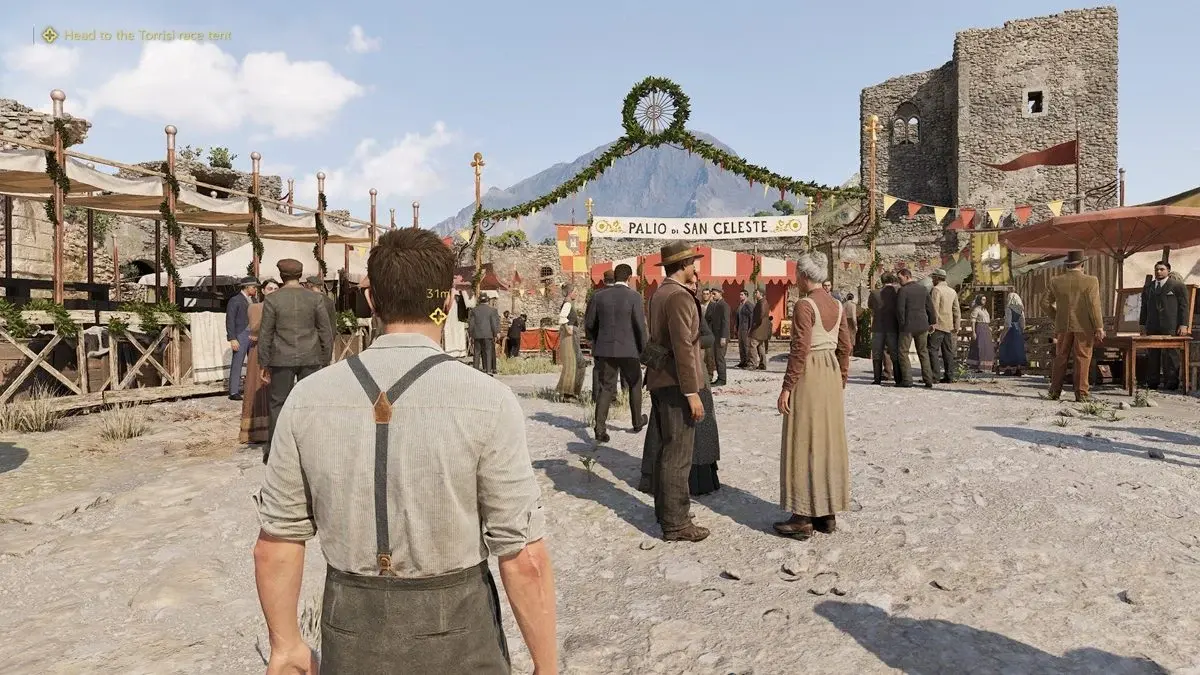
Why are we here?
If the only woe that Mafia The Old Country had was its mediocre gameplay then things wouldn’t be so bad. While annoying, plenty of strong, story-focused games have average controls or frustrating quirks – both Red Dead Redemption 2 and The Last of Us series are a testament to that. Those games compensated for their poor gameplay with strong characters, rich worlds, and intricate plots that would carry you through the frustrations you may experience fighting the game.
Mafia The Old Country has none of that.
Characters are flat, poorly developed and lacking motivation. Riccardo Frascari gives a strong performance as Enzo, and many of the supporting cast are notable too, but the quality of the story and the lines they’re delivering just don’t back them up.
The Old Country’s story is 14 chapters long, and the first 10 of those form Act 1. Upon reaching the end of the act, I was still quite hopeful despite not really knowing anything about our protagonist. Nor did I know anything about what drove the other characters or made them tick, but there was still time — I had two more whole acts to experience whatever this plot was building towards.
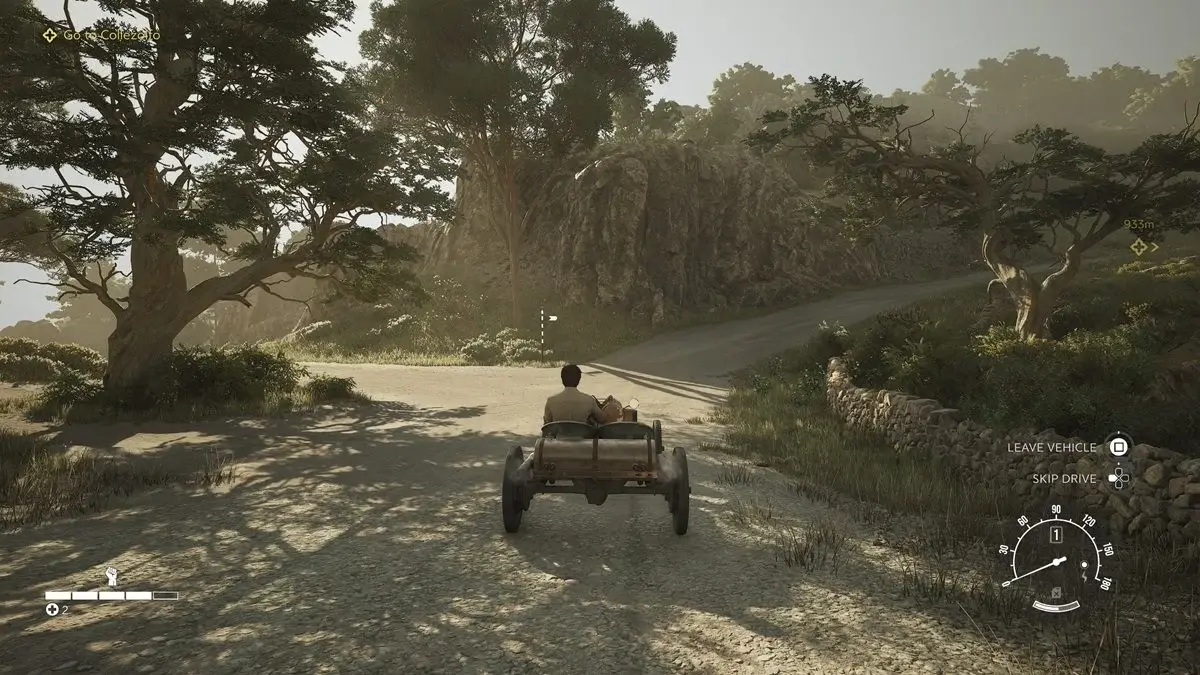
Sadly, that was not that case. At the time, I didn’t realise there was only 14 chapters or I perhaps would have sensed something was amiss. Rather than the slow burn I’d been setup to expect, Acts 2 and 3 were, instead, a whirlwind of events that rushed towards the conclusion. And an unsatisfactory conclusion at that.
Once all is said and done, what we’re left with is an abysmal attempt at the classic mafia tale. The story is so slammed full of tropes that there’s nothing unexpected at all in the plot. The narrative is tragically linear, and it makes no attempt to obscure that as you pass through extremely obvious goal posts and story beats. Well- written linear narratives can work, but here, they do not.
If you asked me to describe the plot of The Old Country, I could only say, “It’s a series of things that happen to Enzo”. There’s no rhyme or reason for anything that happens, and we never get to understand the choices or decisions that characters make. The few themes the story does attempt to convey are just mere suggestions, and even those are undercut by tropes and design decisions.
No amount of scattered Italian curse words and phrases can make up for a weak plot that does not respect the player’s time or intelligence.
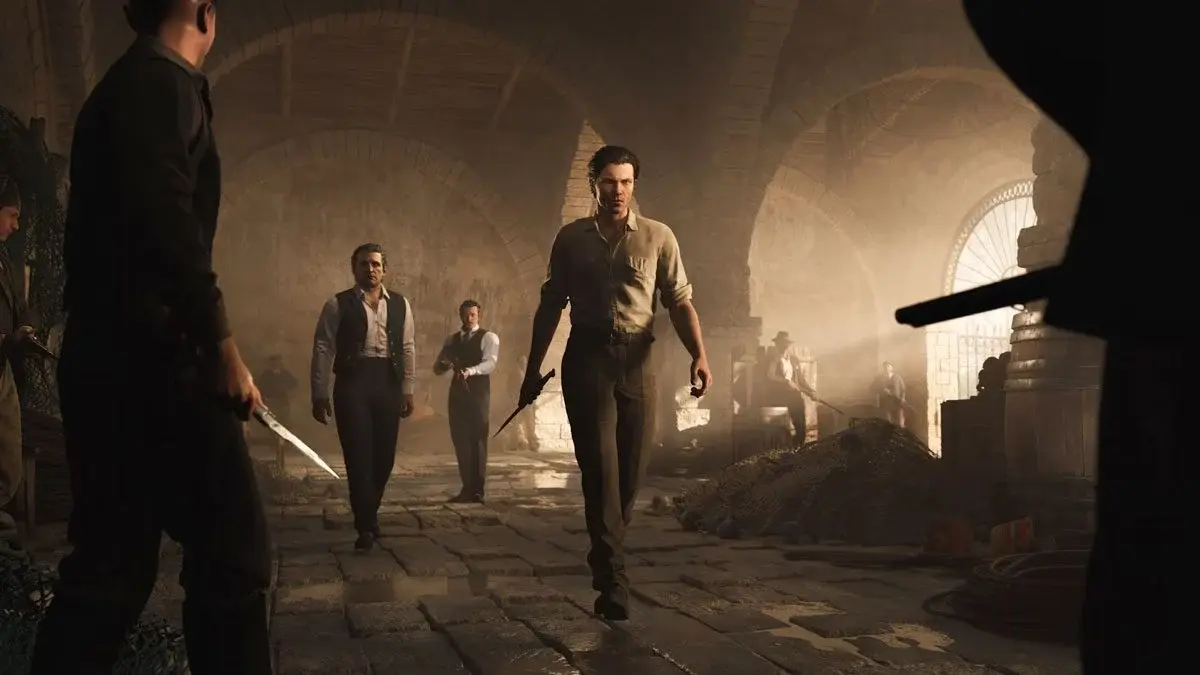
U capisti?
Mafia The Old Country, visually, is a stunning success. Lovingly animated cutscenes and a beautifully crafted world put Valle Dorata head and shoulders above the pack when it comes to games built on Unreal Engine 5. It’s a living world, not too cramped, and it’s a place I would gladly spend time in if its gameplay supported that.
Unfortunately though, it doesn’t. Gameplay is best described as mediocre; serviceable, if not particularly enjoyable. Its story is a tragedy — dull, linear, and so full of tropes that nothing feels new or fresh. Characters are flat cliches, generic representations of genre stereotypes, and nothing more.
There are few games that have left me as overwhelming angry as Mafia The Old Country did when its credits rolled. Even for series fans, I can’t in good faith recommend picking this one up.
Mafia The Old Country was reviewed using a promotional code on Windows PC via Steam, as provided by the publisher. Click here to learn more about Stevivor’s scoring scale.
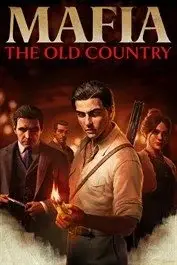 |
Mafia The Old Country8 August 2025PC PS5 Xbox Series S & X
|
This article may contain affiliate links, meaning we could earn a small commission if you click-through and make a purchase. Stevivor is an independent outlet and our journalism is in no way influenced by any advertiser or commercial initiative.



